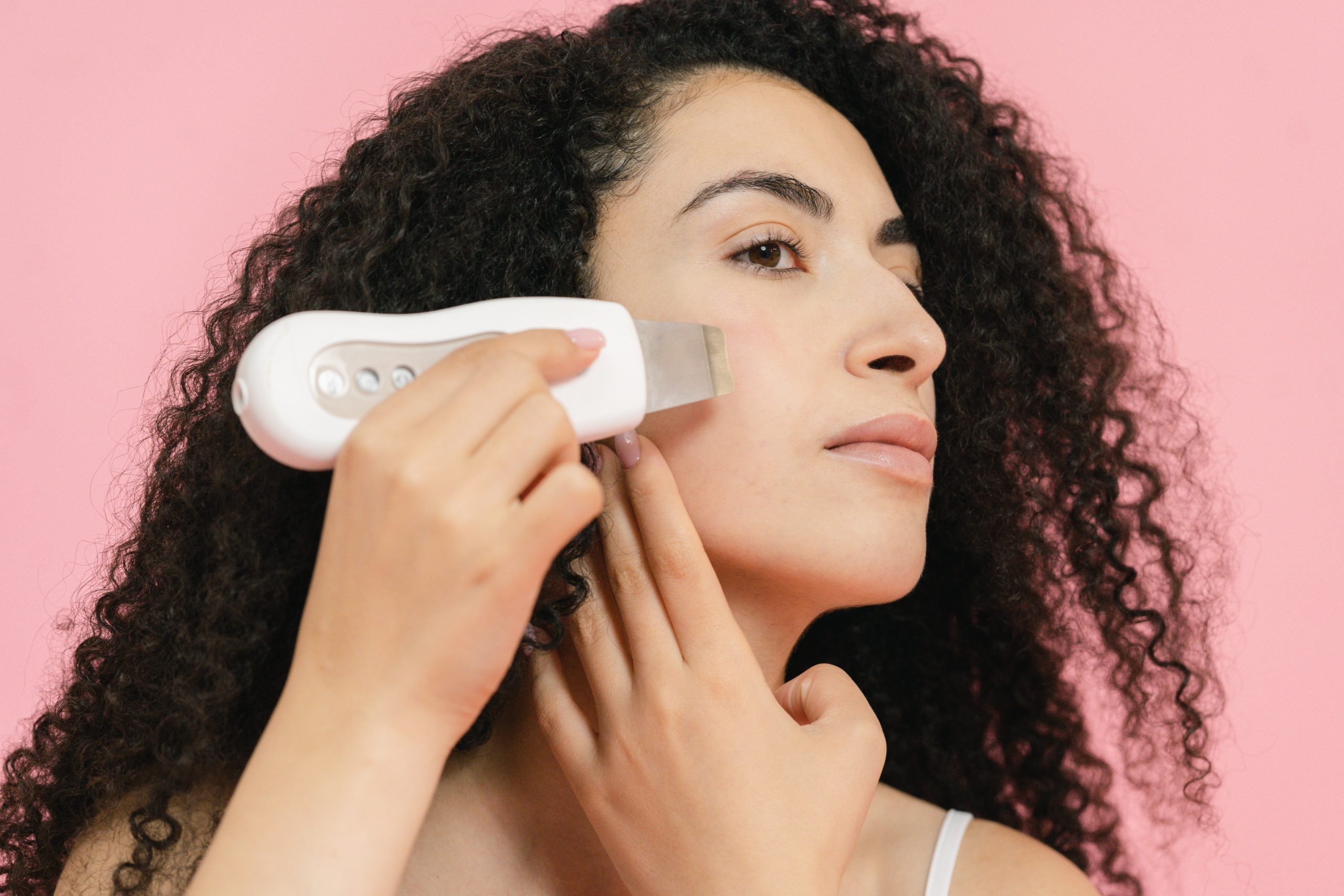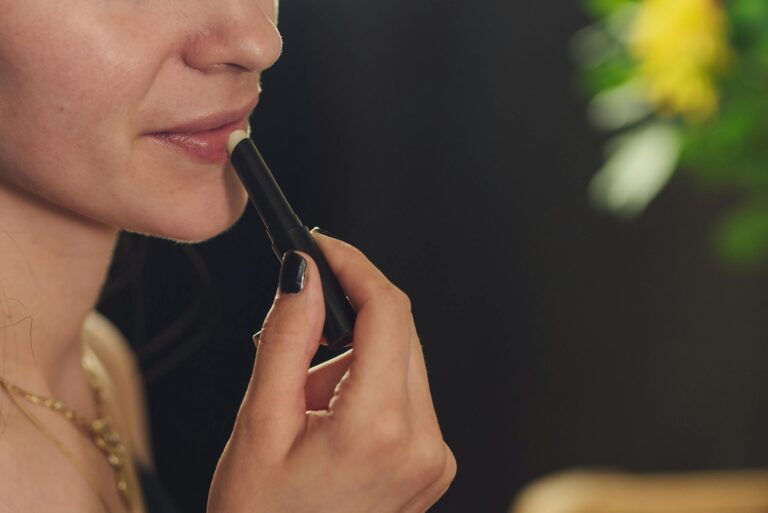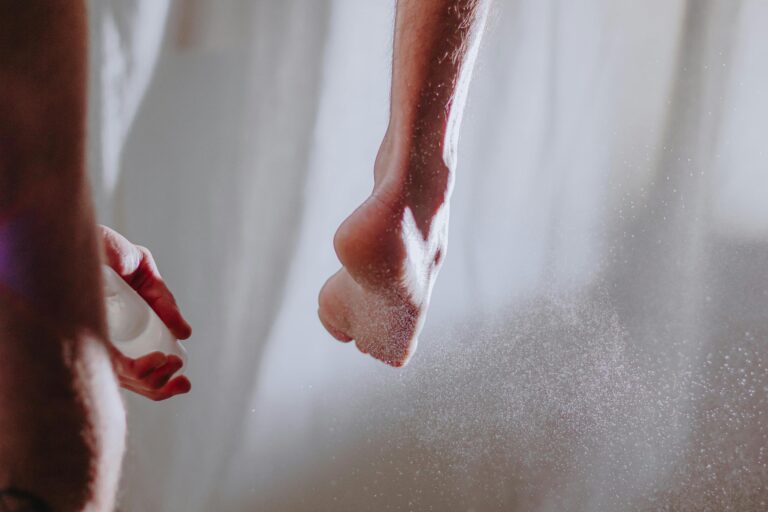Maintaining healthy and radiant skin requires a delicate balance, and a crucial element in this equation is the skin barrier. The skin barrier, a protective layer on the outermost surface of the skin, shields us from environmental aggressors and moisture loss. When this barrier is compromised, issues such as redness, sensitivity, and dryness can arise.
In this article, we explore five simple ways to treat damaged skin barriers, offering practical solutions for achieving a resilient and glowing complexion.
1. Gentle Cleansing Techniques
The first step in treating a damaged skin barrier is reassessing your cleansing routine. Harsh cleansers, abrasive scrubs, and hot water can strip the skin of its natural oils, compromising the protective barrier.
To remedy this, opt for a mild, hydrating cleanser that maintains the skin’s natural pH balance. Look for ingredients like glycerin or hyaluronic acid to provide hydration without causing irritation.
Additionally, consider cleansing with lukewarm water to prevent excessive dryness. Avoiding aggressive scrubbing and opting for gentle patting or a soft cloth during cleansing can further minimize stress on the damaged barrier.
2. Incorporate Barrier-Repairing Ingredients
Repairing a damaged skin barrier involves incorporating ingredients known for their barrier-boosting properties. Look for products containing ceramides, fatty acids, and cholesterol, which are natural components of the skin barrier.
Ceramides, in particular, play a vital role in maintaining the barrier’s integrity by preventing moisture loss. Products with ceramides help rebuild the lipid layer of the skin, promoting hydration and resilience. Additionally, fatty acids like linoleic acid and omega-3 can aid in reinforcing the barrier and soothing irritation.
3. Prioritize Hydration
Hydration is a key element in the recovery of a damaged skin barrier. Dehydrated skin is more prone to sensitivity and may struggle to repair itself effectively. Integrate hydrating products into your routine, such as a quality moisturizer and, if necessary, a hydrating serum.
Opt for moisturizers with ingredients like hyaluronic acid, glycerin, and shea butter to replenish moisture levels. These ingredients not only hydrate the skin but also support the barrier function. Consider using a humidifier in your living space to add moisture to the air, benefiting both your skin and overall well-being.
4. Avoid Over-Exfoliation
Exfoliation is essential for maintaining healthy skin, but overdoing it can worsen a damaged skin barrier. Excessive exfoliation, especially with abrasive scrubs or strong acids, can strip away the protective layer and exacerbate sensitivity.
Limit exfoliation to 1-2 times per week, choosing milder exfoliants like lactic acid or gentle enzyme-based products. These options help remove dead skin cells without causing excessive irritation. Always follow exfoliation with a hydrating and soothing product to support the skin’s recovery.
5. Sun Protection is Non-Negotiable
Protecting your skin from harmful UV rays is crucial in treating a damaged skin barrier. Sun exposure can exacerbate barrier issues, leading to increased redness and inflammation.
Choose a broad-spectrum sunscreen with at least SPF 30 and apply it generously, even on cloudy days. Sunscreen acts as a shield, preventing further damage and allowing the skin barrier to repair itself without interference. Make sunscreen application a non-negotiable step in your daily skincare routine for long-term barrier health.
Conclusion
Treating a damaged skin barrier requires a holistic approach that addresses cleansing techniques, incorporates barrier-repairing ingredients, prioritizes hydration, avoids over-exfoliation, and emphasizes sun protection. By adopting these simple yet effective strategies, you can restore balance to your skin, promoting a resilient and radiant complexion. Remember that consistency is key, and patience is crucial as your skin rebuilds its protective barrier over time.
FAQs
Q1: How can I tell if my skin barrier is damaged?
Signs of a damaged skin barrier include redness, sensitivity, dryness, and increased susceptibility to irritation. If you notice these symptoms, it’s essential to adjust your skincare routine to focus on barrier repair.
Q2: Can I use any moisturizer to repair a damaged skin barrier?
Look for moisturizers with barrier-boosting ingredients like ceramides, hyaluronic acid, and fatty acids. These components help replenish moisture levels and support the repair of the damaged barrier.
Q3: How long does it take to see improvement in a damaged skin barrier?
The timeline for improvement varies for each individual. With consistent and appropriate skincare, you may start seeing positive changes in a few weeks. However, complete barrier repair may take several weeks to a few months, depending on the severity of the damage.



